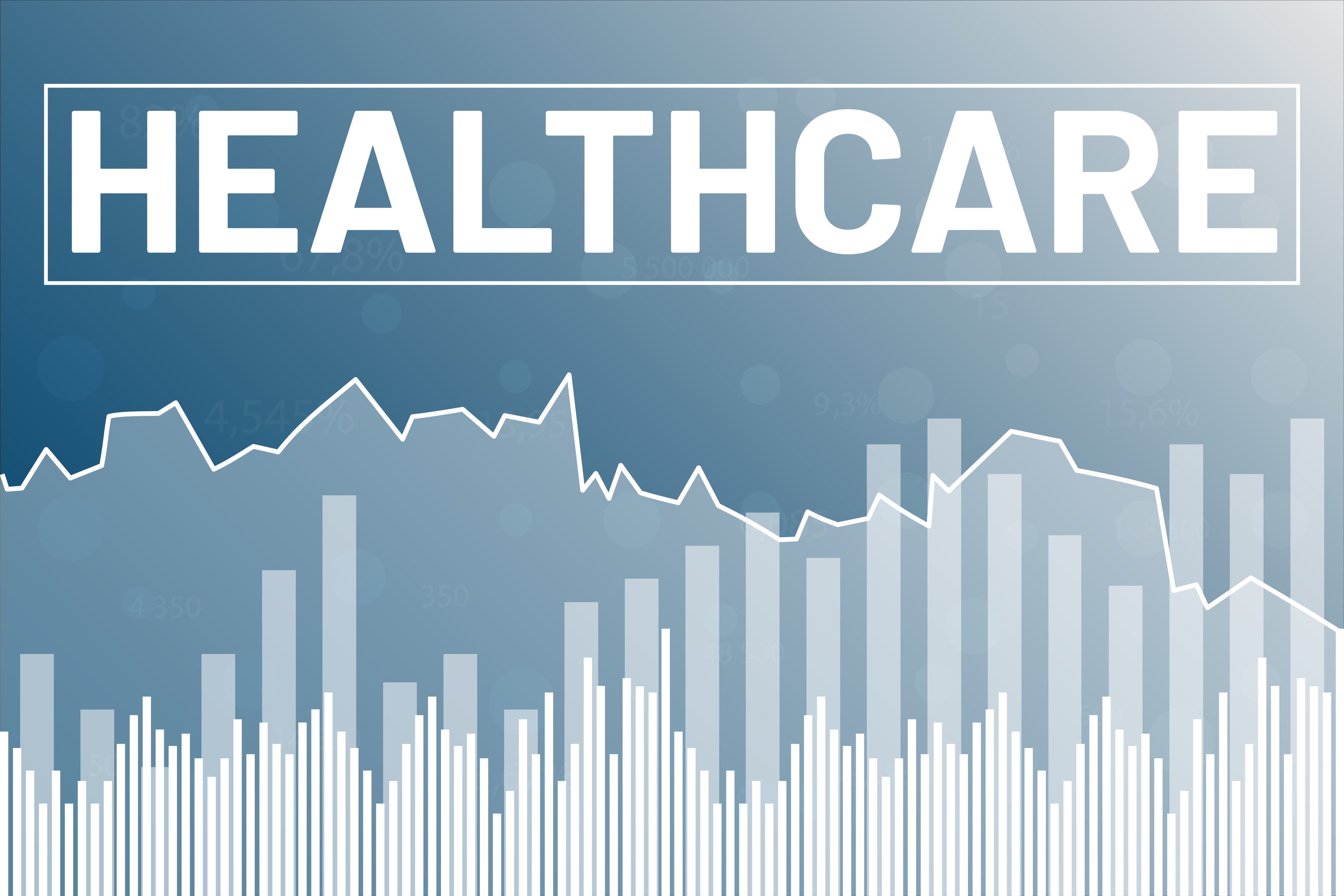Healthcare Market Grows Despite Obstacles
The healthcare industry is still growing, despite the economic recession and struggles faced by many families, hospitals and insurers alike. In fact, it's estimated that healthcare...
There's an ever-increasing demand for physicians across the United States because of the widening demand and supply gap. According to the Association of America Medical Colleges (AAMC) report, the United States will be hit by a physician shortage of between 38,000 and 124,000 by 2034. While 2034 may seem far away, the physician shortage is already being experienced today.
Why There's a Physician Shortage and the Growing Demand
Two main factors come into play to influence the growing demand: One, the majority of physicians active in the workforce today are from the baby boomers generation, and are aging and retiring from service. As reported by BoardVitals.com, 13.5% of the active workforce is comprised of physicians aged 65 and older, and 25.2% of physicians between the ages of 55 and 64.
Secondly, there's an increasingly aging population. In fact, the population of U.S. seniors aged 65+ is projected to increase by 50% by 2030. An aging population requires more complex and specialized care, which fuels the demand for surgical specialties.
According to an AAMC report, the physician shortage comprises between 17,800 and 48,000 primary care physicians and 77,100 specialists. Below is the summary if you're wondering what physician specialties are in high demand.
The Highest in Demand Medical Specialties Across the United States
According to a report by Doximity, the top 10 medical specialties in high demand are as follows:
If you're yet to decide your specialty, it's always a good idea to go with what's in high demand. This will help you remain relevant in the marketplace since you're predisposed to tons of opportunities. Nonetheless, if you already have a specialty, hopefully, it's one of these.
Which Are the Most Affected States?
The shortage of physicians is a nationwide issue, but the severity of the crisis varies by state. Patients in rural areas, which tend to be the regions where doctors are in highest demand, are already experiencing challenges in accessing high-demand specialties.
According to the US Department of Health and Human Services, the baseline physician requirements per 100,000 population has risen to 291 physicians in 2020 from 253 physicians per 100,000 back in 2000. This means that a total of 37 states fall below the baseline requirement. Here are the top ten states experiencing the worst physician shortages. The physician ratios per 100,000 people in those states are as follows:
While there are many initiatives in place to try to combat the physician shortage on a broader scale, we are currently relying on short-term solutions, such as locum tenens.
How You Can Help
The demand for physicians in the United States is on the rise and while there are many initiatives in place to try to combat the physician shortage on a broader scale, we are currently relying on short-term solutions such as locum tenens. Our goal at Med X is to provide coverage to the facilities that need it most, so contact us today to see how you can help.
Lorem ipsum dolor sit amet consectetur, adipisicing elit. Ipsa libero labore natus atque, ducimus sed.

medical, locum tenens, physicians, cost, finance, physician compensation
The healthcare industry is still growing, despite the economic recession and struggles faced by many families, hospitals and insurers alike. In fact, it's estimated that healthcare...